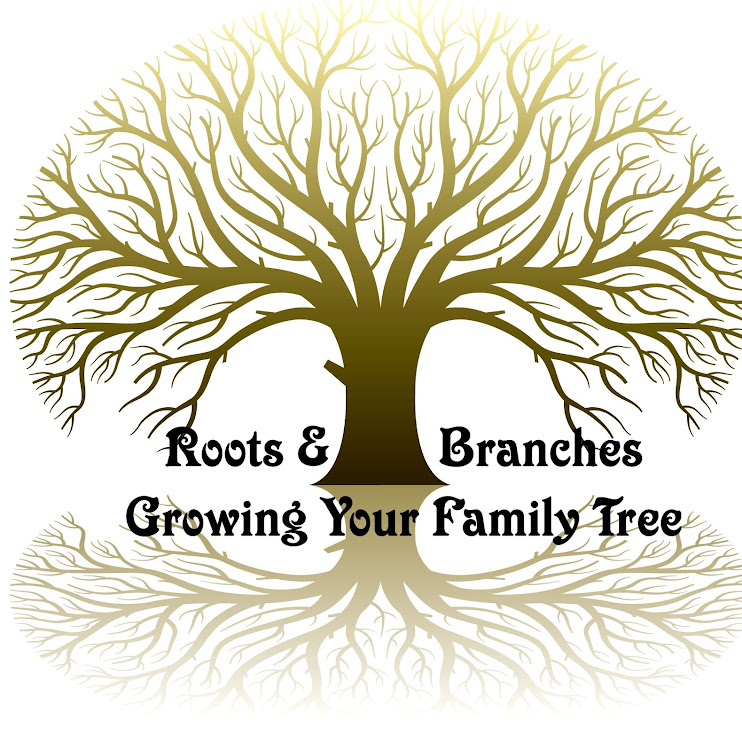MyHeritage Adds Millions of Nordic Records
(courtesty of Eastman's Genealogy Newsletter Online)

Additionally, MyHeritage is investing millions of dollars to digitize more Nordic historical content and has signed new agreements that will result in a wealth of Nordic historical records to be added during the next few years.
Here is the official announcement from MyHeritage:
STOCKHOLM, Sweden & OSLO, Norway & COPENHAGEN, Denmark & HELSINKI, Finland & TEL AVIV, Israel -- MyHeritage, the popular family history network announced today a market expansion initiative focused on the Nordic countries. Millions of families can now search digitized Nordic records dating back to the 17th century to discover more about their ancestors and the lives they led.
In addition to the significant content added today, MyHeritage is investing millions of dollars to digitize more Nordic historical content and has signed new agreements that will result in a wealth of Nordic historical records to be added during the next few years.
MyHeritage is already the family history market leader in the Nordic region and is the only major company providing services in Norwegian, Danish and Finnish. With more than 470,000 registered users in Sweden, 350,000 in Norway, 300,000 in Denmark and 200,000 in Finland, MyHeritage has amassed the largest Nordic user base and family tree database in the market. MyHeritage users can now enjoy a more comprehensive family history experience that combines family trees and historical records, to paint a more detailed and colorful picture of their ancestry.
MyHeritage has also launched today dedicated social media channels for Norway, Denmark and Finland including local blogs and Facebook and Twitter accounts, to complement its existing popular Swedish social media presence. Followers will be notified about additional record collections as they are added and enjoy tips and tricks for family history research and more information about MyHeritage’s services.
The Nordic historical record collections added today include birth, death, marriage, baptism and other records, covering more than 90 million names. This comes in addition to more than 70 million profiles in 730,000 family trees created by MyHeritage users from the Nordic region, and many more contributed by users with Nordic ancestry. The records and the public profiles are available for searching via SuperSearch, MyHeritage’s search engine for historical records. MyHeritage users also enjoy powerful matching technologies that research their family trees automatically and notify them whenever records relevant to their family are found. This makes discoveries easier and quicker than ever before.
For Sweden, MyHeritage has added 11 million records with 31 million names. These collections include baptism documents dating back to 1611, marriage documents dating back to 1630 and burial documents dating back to 1649. Visitors can find more information about the collections from Sweden and search them at www.myheritage.se/svenska-samlingar.
For Norway, MyHeritage has added 10 million records with 30 million names. These collections include baptism documents dating back to 1634, marriage documents dating back to 1660, burial documents dating back to 1666 and the Norwegian national census from 1875. Visitors can find more information about the collections from Norway and search them at www.myheritage.no/norske-samlinger.
For Denmark, MyHeritage has added 5.5 million records with 14 million names. These collections include baptism documents dating back to 1618, marriage documents dating back to 1635 and burial documents dating back to 1640. Visitors can find more information about the collections from Denmark and search them at www.myheritage.dk/danske-samlinger.
For Finland, MyHeritage has added 5.5 million records with 16 million names. These collections include baptism documents dating back to 1657, marriage documents dating back to 1682 and burial documents dating back to 1725. Visitors can find more information about the collections from Finland and search them at www.myheritage.com/suomalaiset-kokoelmat.
“We're delighted to add this vast collection of historical records to our fast growing database and are excited about the new family connections that our users will make and the family stories they will reveal", said Gilad Japhet, Founder and CEO of MyHeritage. “This is a treasure trove not only for people in the Nordic countries but for everyone whose family originated from this region. We look forward to enhancing our leadership in the Nordic region and in many additional countries over the next few years – watch this space!”
With a diverse user base, spanning every country and continent, MyHeritage is a gateway to a massive variety of family histories from different cultures, religions and ethnic backgrounds. MyHeritage offers a private and secure environment for sharing and researching family history, and users can choose which information they wish to share. MyHeritage has ranked #10 in Deloitte's 2013 Fast 500 list of the 500 technology companies with the fastest revenue growth across all of Europe.
About MyHeritage
MyHeritage is a family history network helping millions of families around the world discover and share their legacy online. As technology thought leaders and innovators in the space, MyHeritage is transforming family history into an activity that’s accessible, exciting and easier than ever before. MyHeritage empowers its global community of users with unique social tools, a massive library of historical content and powerful search and data matching technologies. The service is available in 40 languages. For more information visit www.myheritage.com.









